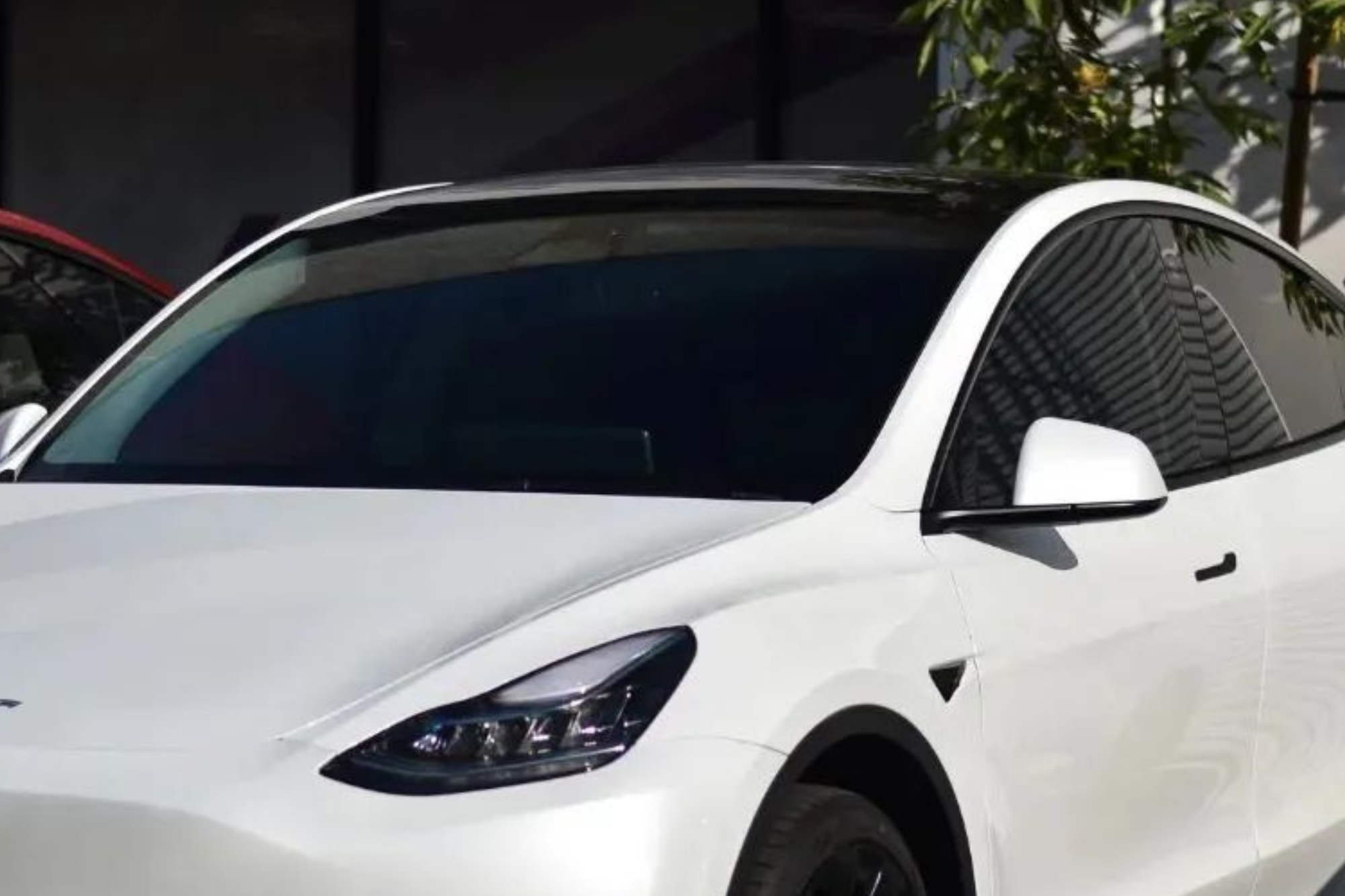Both infrared and ceramic tints offer benefits for heat reduction and glare protection. If you’re primarily focusing on heat rejection, the less costly infrared tint, which specializes in blocking infrared radiation, may suit you. Ceramic tint, however, provides all-encompassing protection by blocking both infrared and UV light, as well as high durability, making it worth the pricier upfront cost in the long run. Your choice should be based on what meets your specific needs and budget best. There’s more to understanding these tints that can impact your decision, so hang in for more details.
Key Takeaways
- Infrared tints effectively block heat-producing infrared radiation but offer less UV protection than ceramic tints.
- Ceramic tints, containing non-metallic particles, ensure cooler interiors, prevent electronic interference, and offer superior UV protection.
- Ceramic tints are more energy efficient as they block both infrared and UV light, reducing air conditioning usage and promoting sustainability.
- For safety, ceramic tints block up to 99% of harmful UV rays and maintain high visibility, while both tints reduce glare for safer driving.
- Infrared tints cost less initially but may incur higher long-term costs due to replacements, while ceramic tints, although pricier, offer better durability and performance.
Understanding Infrared Window Tint
While many consider window tints a cosmetic enhancement, the technology behind them serves a purpose beyond aesthetics. Infrared window tint, for instance, employs a film designed to block infrared radiation, the heat-producing component of sunlight. This technology uses advanced coatings or metals to reflect or absorb infrared light while allowing visible light to pass through.
Now, you might wonder, what are the benefits of infrared tint? Well, it provides excellent heat rejection, keeping your car cool on sunny days by blocking infrared rays. It also offers some UV protection, although not as much as ceramic tints.
What’s more, it maintains high optical clarity while rejecting heat, providing a more natural view through your windows.
However, everything has a downside. While infrared tint is effective at blocking heat, it doesn’t block as much UV light as ceramic tint.
Regarding aesthetics, it may not have the same appeal as ceramic tints as some films can reflect light, creating a mirrored look. But remember, the right choice for you hinges upon your specific needs and preferences.
Key Features of Ceramic Tint
Shifting our focus from infrared to ceramic tint brings us to another high-performing option in window film technology. Ceramic tint is a top-tier pick due to its unique composition. Unlike other tints, it boasts a layer of ceramic particles embedded within the film. This feature enhances the film’s heat rejection, UV protection, and glare reduction capabilities, all without compromising visibility.
The technology behind ceramic tint is quite advanced. It doesn’t contain metal or dyes, rather, it relies on non-metallic and non-conductive elements. This approach not only boosts performance but also prevents interference with your car’s electronics or GPS signals.
When it comes to heat rejection, ceramic tint is a superstar. It blocks a significant percentage of infrared rays, keeping your car cooler on even the hottest days. Likewise, it offers top-tier UV protection, blocking up to 99% of harmful rays. This attribute is a significant factor in preventing skin cancer and safeguarding your car’s interior.
The film remains highly clear and avoids the reflective or mirrored appearance of some tints. Plus, its durability is commendable. Ceramic tint is generally more resilient and scratch-resistant than other tints, offering long-lasting performance.
Energy Efficiency: Infrared vs. Ceramic
Though both infrared and ceramic tints contribute to energy efficiency, their performance varies.
With infrared tint, you’ve got a film that primarily blocks the heat-producing infrared radiation from sunlight. This means an impressive reduction in the heat that penetrates your vehicle, helping you save on air conditioning energy usage during those hot summer months.
However, when it comes to overall energy efficiency, ceramic tint steps up the game. Its advanced technology blocks not only infrared radiation but also a significant amount of ultraviolet light. This dual action results in a superior cooling effect, further reducing the need for air conditioning.
Additionally, ceramic tint’s high durability gives it a longer lifespan, meaning less need for replacement and, consequently, less energy consumed in producing new tint films. This makes it a more sustainable choice over time.
But it’s not all about numbers. Your choice should reflect your specific needs and conditions.
If you’re mostly driving in hot climates where the sun’s heat is your main concern, infrared’s energy efficiency might suffice.
But if you’re after the best possible heat and UV protection, ceramic tint may be worth the investment.
Safety Considerations for Both Tints
Beyond energy efficiency, your safety is a vital concern when selecting a window tint. Both infrared and ceramic tints offer protective qualities that contribute to your safety.
While primarily chosen for heat rejection, infrared tints also provide a degree of UV protection. However, they don’t block as much UV light as ceramic tints, which means they mightn’t protect as effectively against harmful rays that can cause skin cancer or damage your car’s interior.
On the other hand, ceramic tints are known for their superior UV protection, blocking up to 99% of harmful UV rays. They also don’t interfere with visibility, maintaining a high level of clarity. Their non-reflective appearance reduces glare, which is essential for safe driving.
In terms of durability, ceramic tints outperform infrared ones. They’re scratch-resistant and retain their performance longer, even under extreme conditions. This guarantees that the protective qualities don’t diminish over time, maintaining your safety in the long run.
Cost Comparison: Infrared and Ceramic
When it comes to cost, infrared and ceramic tints present different scenarios for your wallet. Infrared tints are generally less expensive than their ceramic counterparts.
However, the lower upfront cost doesn’t necessarily mean you’ll save money in the long run. While infrared tints provide ample heat reduction, they may not last as long, especially under harsh sunlight exposure. You may find yourself needing to replace an infrared tint sooner than you’d like, adding to the overall cost.
On the other hand, ceramic tints, though more expensive upfront, offer superior durability and long-lasting performance. The film’s ceramic particles are resistant to fading and scratching, meaning your tint will maintain its effectiveness for a longer period.
In addition, if you’re considering window tint Fontana for your vehicle, both infrared and ceramic tints are available in the area. While infrared tints may be more budget-friendly, the long-term savings and durability of ceramic tints make them a worthwhile investment, especially for those who prioritize superior protection and longevity.
In essence, if you’re budget-conscious and mostly concerned with heat reduction, infrared tints may be your best bet.
But if you’re willing to invest a little more for longevity, UV protection, and overall performance, a ceramic tint is worth considering.
Making the Right Choice: Factors to Consider
Three essential factors should guide your decision between infrared and ceramic tints: your budget, the climate in your area, and the level of UV protection you desire.
Infrared tint is generally more affordable, making it a preferable choice if you’re budget-conscious. However, don’t overlook the long-term benefits of ceramic tints. Although they’re pricier, they offer superior performance and durability, giving you more bang for your buck in the long run.
Next, consider your local climate. If you live in a region with intense sunshine and high temperatures, a ceramic tint’s superior heat rejection is worth the investment. It’ll keep your car notably cooler, enhancing your comfort during drives.
Lastly, think about UV protection. Both tints shield you from harmful UV rays, but ceramic tints block up to 99% of harmful rays, the highest level of security available. If you’re worried about skin cancer or want to protect your car’s interior from fading and cracking, ceramic is the way to go.
When choosing Fontana window tinting services, consider factors like budget, climate, and the level of UV protection you require. Ceramic tint is a great choice for hot environments due to its excellent heat rejection capabilities. But for a more affordable solution, window tinting services Fontana that offer infrared tints may meet your needs.
In Summary
In sum, both infrared and ceramic tints have their advantages. If your priority is heat rejection, infrared tint is your best bet. For superior UV protection and durability, go for ceramic. Always consider safety, energy efficiency, and cost when choosing. Ultimately, the best tint depends on your specific needs and budget. It’s important to weigh the benefits and drawbacks of each to make the most informed decision for your vehicle. For expert guidance and premium installation, trust Vaia Design — enhancing comfort, protection, and style.


